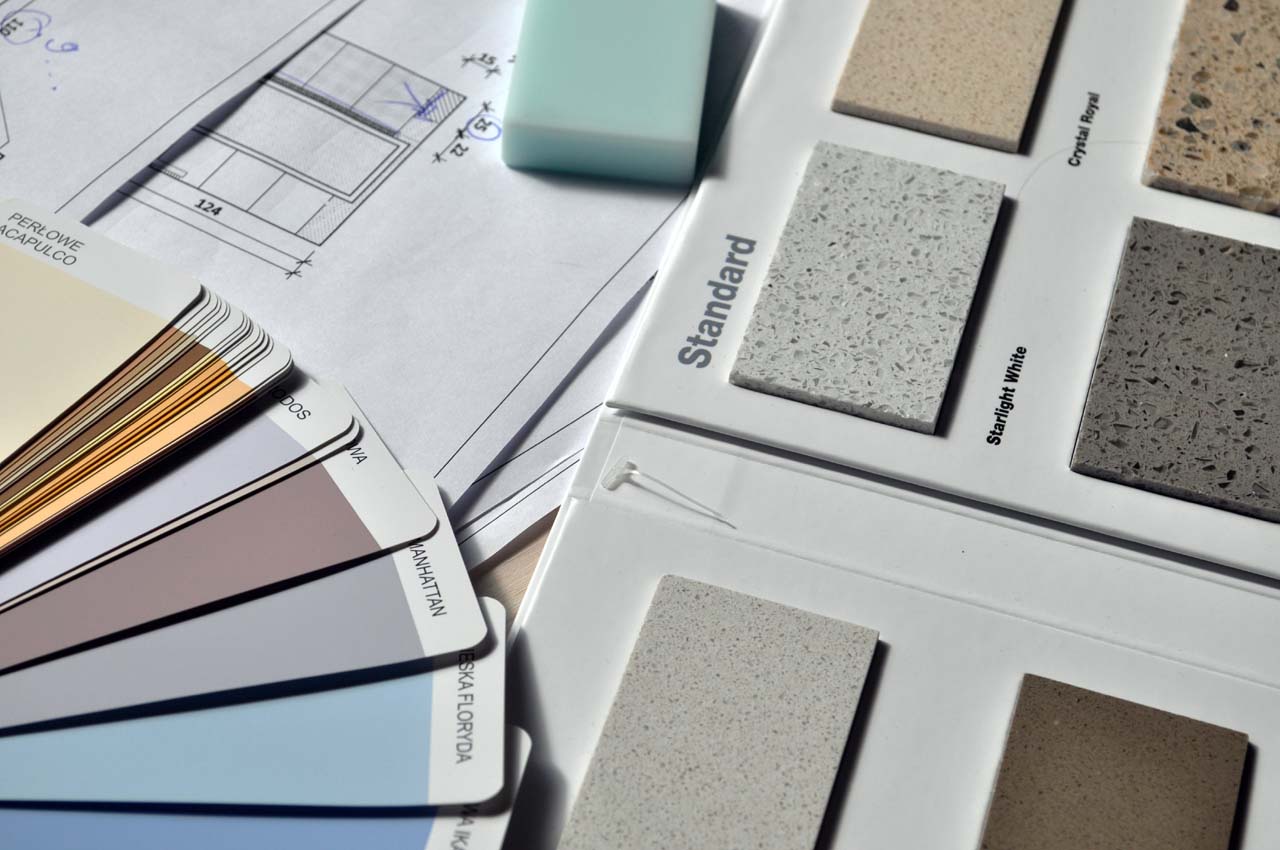By Ritchie Clapson CEng MIStructE, co-founder of propertyCEO
There’s no end to the list of second jobs people can take on to earn extra cash. There must be some jobs that many will assume are more hassle than hustle. Or jobs where the time constraints, lack of skills, or sheer volume of effort make it impossible. And I suspect many may see property development fitting fairly and squarely into at least one of those categories.
But what exactly do we mean when we say property development? After all, it’s a broad spectrum, with building a home extension at one end right through to building a housing estate on the other. Well, we can probably rule both of these out as a side hustle. A home extension may add value, but it doesn’t pull in any cash unless you sell your house afterwards, which seems a little draconian as side hustles go. And it’s probably fair to assume that starting the next Barratt Homes or Persimmon isn’t going to be something you’ll squeeze in while working your nine-to-five. But a couple of types of property development sit between the two on our development spectrum, and they look a lot more promising.
Flip
The first is to do a flip (a.k.a, a refurb or doer-upper) – take a tired residential house, do it up, and then sell it at a profit. According to Hamptons, the average flip generated £48k in profit during the pandemic. For many, this will sound less like a side hustle and more like a case for telling their boss to start recruiting their replacement. But before you start drafting your resignation letter, you should bear a few points in mind.
Firstly, if you’re going to buy a property to do up, you’ll need to be flush enough to fund both a mortgage deposit (usually 25% of the purchase price) and the cost of your renovations. You’ll also be tested for affordability by the mortgage company, plus you’ll need make repayments while you refurbish it.
Secondly, house prices rose significantly during the pandemic, so a significant part of that £48k profit uplift was due to the market rising during the period of ownership. Since the market is predicted to fall in 2023, average profits will likely be significantly dented. Of course, you can cut down on the cost of renovations by doing some of the work yourself, and it’s entirely possible to do this during evenings and weekends, albeit that it can become a little all-consuming and means your project may take a little longer.
Small-scale development
So, doing a flip/refurb certainly makes it onto our side-hustle list, and of course, it’s a well-trodden path. You only have to look at the plethora of TV shows dedicated to the subject to know that there’s a fair amount of competition out there. But there’s another property development side hustle that is far less well-known yet produces more profit for doing less work. Surprisingly, this involves taking a step further UP the development ladder from a flip/refurb to a segment known as ‘small-scale development’. Here you’ll be taking an existing commercial building of some type, e.g., a shop, an office, or a light industrial unit, and converting it into flats.
This is bound to raise many obvious questions, so let me run through them one at a time. Firstly, how small is ‘small-scale development’, and what sort of profits are we talking about? Typically, you’ll be looking at creating between four and 20 flats and targeting a profit of between £100k and £500k for each project. So, why is it called ‘small-scale’ if it makes so much profit? Well, in development terms, these projects are small beer. Compare it to the sort of projects that medium and large-scale housebuilders take on, where profits run into seven, eight, and sometimes nine figures, and these deals are tiny in comparison. So, in industry terms, converting a single building into a few flats is considered relatively entry-level.
Less work
But hold on a sec; how can building several flats involve less work than doing a single flip/refurb? Surely the building you’re working on is bigger, plus you’ve got more kitchens and bathrooms, etc., to fit? Well, the big difference here lies in the scale and budget of these projects. With a flip, you might buy a £200k property, spend tens of thousands on refurbishing it, and sell the result for a tidy £30-50k profit. But with a small-scale project, a similarly priced commercial building will likely have a development budget of £300k to £400k to do the work. And with a construction budget of that size, you won’t be managing tradespeople yourself or going on-site every spare minute to paint walls or regrout bathrooms. Instead, you can appoint a main contractor who will already employ all the tradespeople you’ll need under one roof. You can also afford to hire a professional construction project manager to oversee the whole project build-out on your behalf. Your role moves from being a hands-on project manager-cum-labourer to being the project’s CEO.
In short, you stay in the boardroom and let others get on with delivering your project. Yes, you’ll need to have weekly calls with your project manager, but you won’t have to commit anything like the same levels of time (or elbow-grease) as with a flip. And, not surprisingly, because you’re creating more units, the profits are much bigger too.
Moving to the boardroom means you don’t need the same skills as a labourer/project manager. Instead, you’ll be employing a team of professionals, including an architect, structural engineer, main contractor, and the aforementioned project manager. It’s a hugely leveraged enterprise since you don’t do very much when it comes to the bricks-and-mortar aspect, which may come as a relief if your brick-laying skills are as bad as mine.
Financing
But these rather eye-popping numbers may lead us toward a not-insubstantial elephant lurking in the corner of your room. Namely, last time you looked, you didn’t have £300-400k spare cash lying around to finance such a project, despite having recently checked down the back of the sofa. This is where another surprise lies in store. Because these small-scale projects generate six-figure profits, a whole segment of the finance industry is geared up to lend money on them. I’m not talking about Barclays or NatWest here; development funding comes from specialist lenders MTF, including challenger banks, peer-to-peer lenders, and family funds. Better news still, many of these sources of finance operate via a broker network. So, tell your broker what you need, and they’ll go off and find the finance for you.
So far, so good, but you’ve just spotted another elephant lurking behind the aforementioned sofa, namely what about the money you’ll need to buy the commercial building in the first place? That’s another £200k which you don’t have. Well, I’ve got some good news and some bad news. Let’s start with the bad news – you’ll need to find a minimum deposit of 30% to buy the commercial property. Which, if you’re putting an optimistic slant on things, means you’ve now slashed the amount you need (but don’t have) from £200k to £60k. Yay. But just to be fair, if you were buying a £200k property to flip/refurbish, you’d still have to put down a 25% deposit which is £50k, plus fork out for the refurb costs on top, so it’s not a huge difference. But of course, this argument is entirely irrelevant if you’re nowhere close to having £50k or £60k to hand.
This is where the good news comes in. Because commercial lenders will typically allow you to borrow the lion’s share of your deposit from private investors, who typically receive an annual interest rate of 8-10% – which is still highly attractive. The lender might want you to put in some money yourself, but it could be as little as 10% of the deposit. Which in our example above would mean finding £6k, which is a lot more palatable than finding £60k. And which, all of a sudden, makes things much more accessible financially, albeit I would always recommend having circa £10k to £20k of funds available to make sure you’ve got some flexibility and comfort.
Project duration
How long do these small-scale projects take? Well, it varies, but as a rule of thumb, you’re likely to be looking at 18-24 months from having your offer accepted to banking the profits. And because you’ll be targeting a 20% profit margin based on your GDV (the selling price of your flats), your initial modest £6k investment will likely have delivered a circa £100k profit over that timeframe.
Property development can make you a lot of money, but it’s not an easy side hustle, nor is it without risk. But if you’re looking to go large when it comes to your side hustle aspirations, there’s not much that comes close to small-scale property development in terms of leverage and profits. Get yourself trained before you start, and you’ll also significantly reduce the risk of losing your shirt too.
ABOUT THE AUTHOR 
Ritchie Clapson CEng MIStructE is an established developer, author, industry commentator, and co-founder of leading property development training company propertyCEO. To discover how you can get into property development, visit www.propertyceo.co.uk
https://www.facebook.com/propertyceotraining/
https://www.instagram.com/propertyceotraining/
https://twitter.com/Property_CEO
https://www.linkedin.com/company/propertyceo
